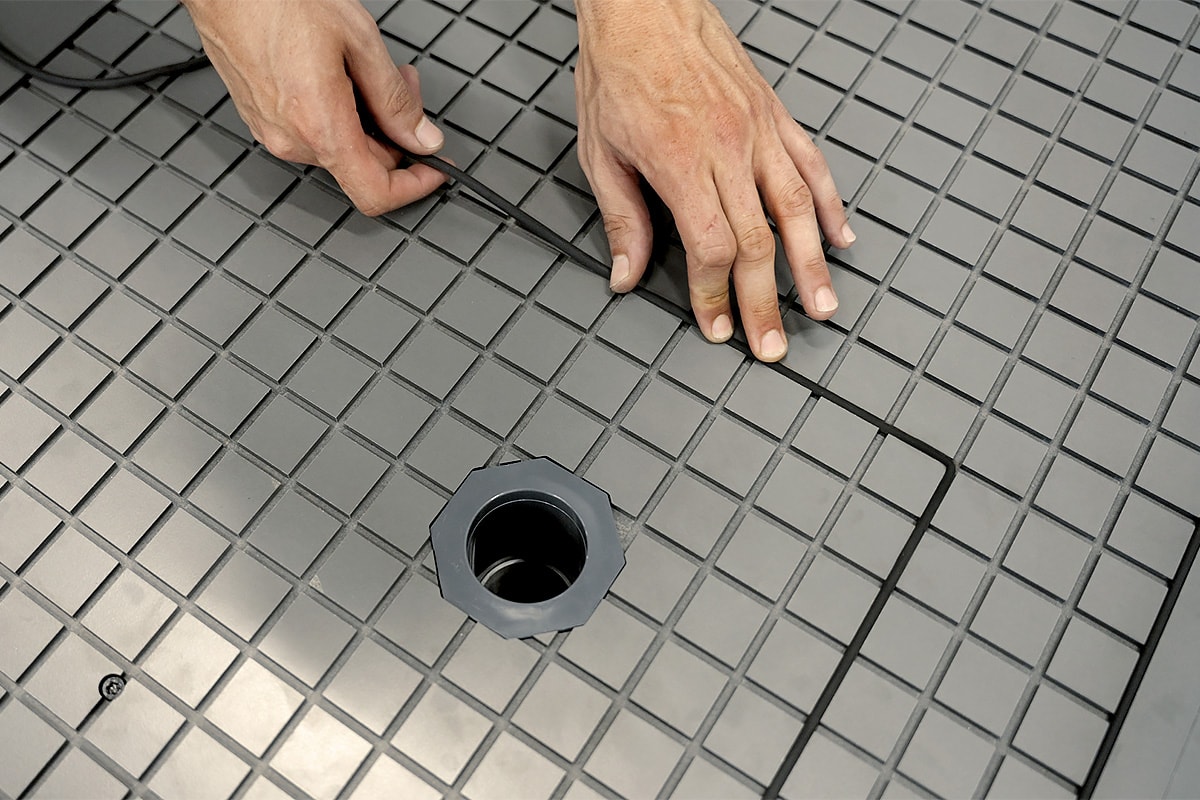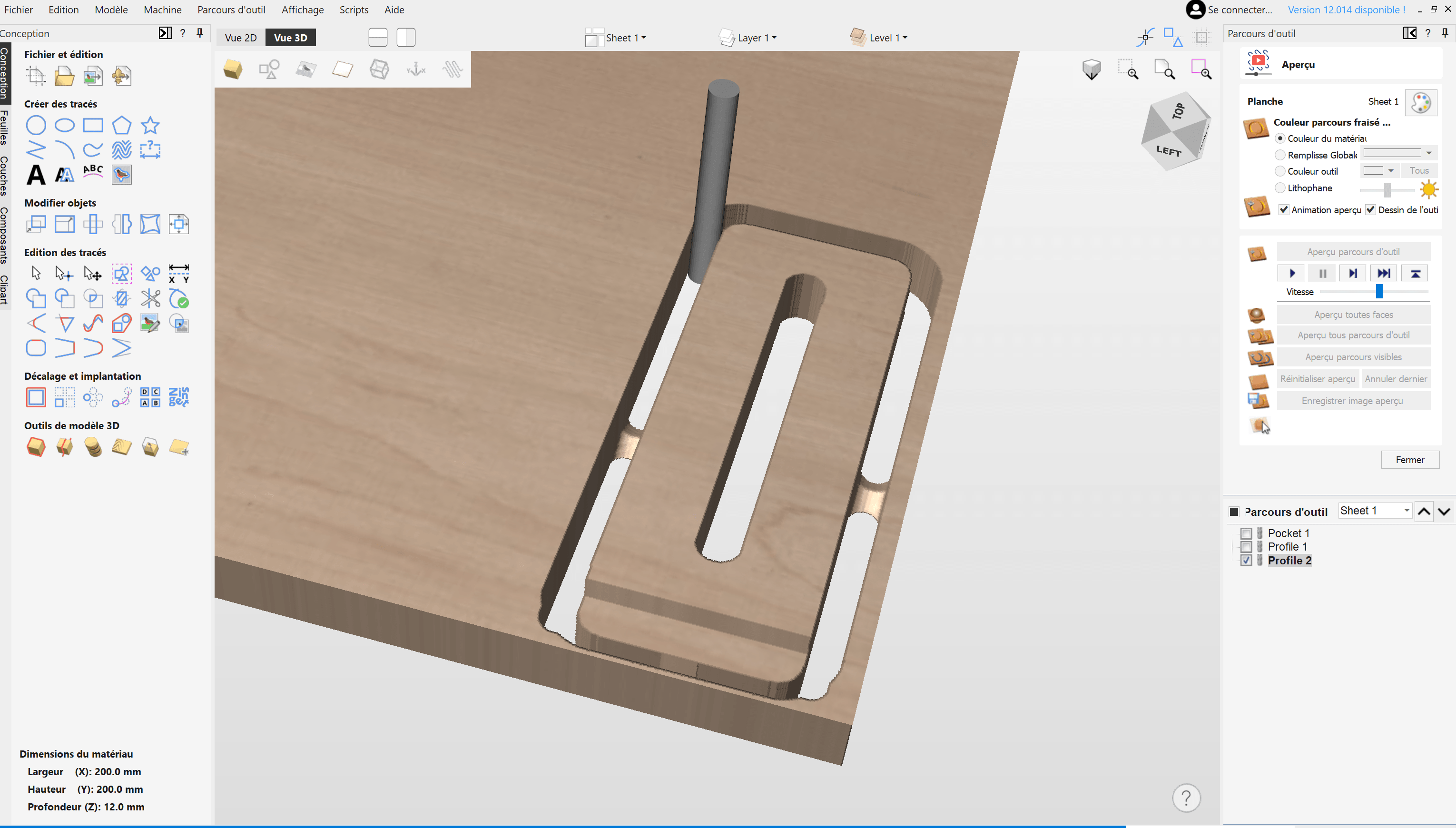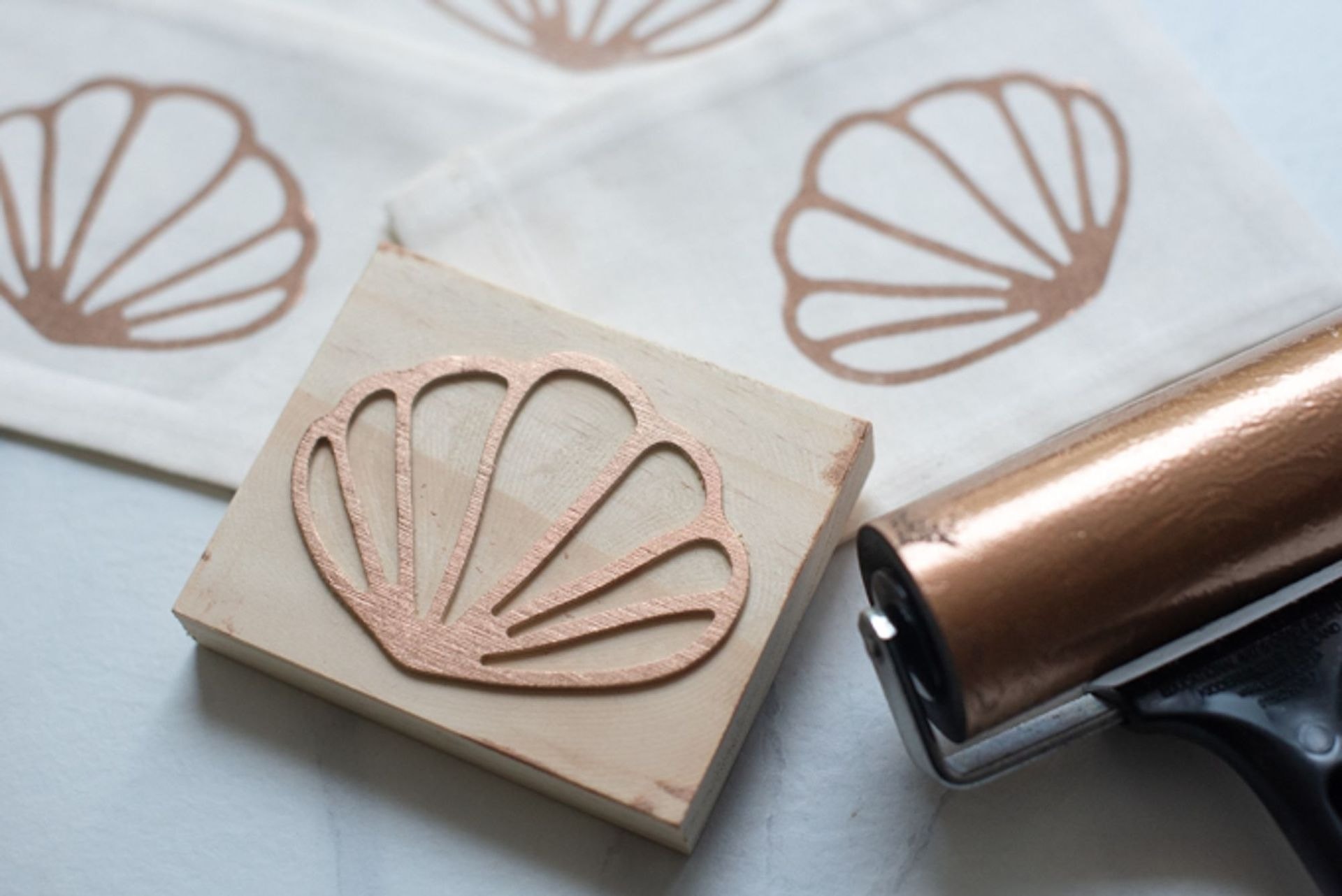Getting started with a vacuum table on your CNC milling machine can feel overwhelming. There's a lot to learn, and the difference between a properly optimized setup and a poorly configured one can mean the difference between secure workholding and parts flying off your table mid-cut.
This guide will walk you through everything you need to know, starting with the most critical concepts that directly impact safety and cut quality, then moving to advanced optimization techniques for those who want to squeeze every bit of performance from their system.
Note: This guide is specifically intended for users equipped with a vacuum setup that includes an MDF spoilerboard and a high-airflow pump (side channel blowers or BlackBox-style vacuum pumps). These systems are essential when working with a spoilerboard, because the porous nature of the MDF allows air to leak through, something a traditional vacuum pump (which prioritizes pressure over flow) can't compensate for effectively. High-airflow systems, on the other hand, can maintain sufficient suction by continuously moving a large volume of air, making them ideal for CNC routers working with larger workpieces and zoning systems.
The Basics: Surface Area and Part Size
Remember, vacuum workholding relies on atmospheric pressure pushing down on your workpiece. Your vacuum pump removes air from beneath the part, creating a pressure differential. The larger the surface area and the better the seal, the stronger the hold.

The golden rule: Any part smaller than 500 cm² (e.g. 22×22 cm square or 5-inch diameter circle) will not hold reliably with vacuum alone.
This isn't a suggestion, it's a safety requirement. Small parts simply don't have enough surface area for atmospheric pressure to create sufficient holding force. For these parts, you must use:
- Tabs: Leave small connections between the part and the stock material
- Onion skinning: Leave 0.2-0.3mm of material at the bottom of your cut, then finish with a knife
- Grip mats: Specialized rubber mats that increase friction and seal
- Fixtures or jigs: Custom holders for repeated small parts
- Chips and/or dust stabilization : this is not an official technique but chips and dust generated with a downcut endmill will help to keep your small pieces in place once they are fully cut.

Your Spoilboard is a Consumable
Your spoilerboard plays a critical role in vacuum performance and often needs to be checked. Over time, grooves and porosity reduce effectiveness, but other variables play a role here.
Proper Preparation
- Surface both sides: MDF comes with a factory coating that must be removed. Surfacing only one side severely limits airflow
- Keep it flat: A properly surfaced spoilboard should have minimal visible tool paths or grooves
Maintenance is Critical
- Deep tool marks create air leaks under your material
- Resurface when you see significant grooves or uneven areas
- In humid environments, resurface more frequently as moisture affects both porosity and flatness

Material Selection
- MDF (Medium Density Fiberboard) is the standard choice due to its consistent porosity
- LDF (Low Density Fiberboard) can work if you want additional pull, but it brings additional humidity-related challenges
Control the Leaks: Zoning and Masking
Air leaks are the enemy of vacuum workholding. Here's where to focus:
- Use the zoning system on your table to close areas not in use.
- Cover unused areas of active zones. Even scrap pieces of MDF are better than leaving areas open. This simple step can dramatically improve holding power on your actual workpiece.
- Ensure a good seal around the edges of your spoilerboard, with a properly placed rubber joint in the plenum. Some users also apply wood sealer to seal spoilerboard edges and prevent lateral air infiltration.

Choose the Right Cutting Strategy
Your tooling and cutting approach directly impact workholding success:
Tool Selection
- Upcut end mills pull chips up and out but can lift parts, use with caution on small or thin pieces.
- Downcut end mills push the workpiece down onto the table, improving hold on difficult operations.
- Compression end mills combine both actions and work well for many vacuum applications.
- Use sharp, clean end mills, which generate less cutting force, reducing the chance of part movement.
Cut Parameters
- Multiple shallow passes are safer than single deep cuts
- Consider climb milling for better chip evacuation and reduced lifting forces
- Always check the recommended feed & speed from your end mills manufacturer
Material Matters
Not all materials behave the same:
- Smooth, non-porous materials (e.g. acrylic) hold best.
- Rough or warped materials reduce contact and break the seal.
- Humidity can affect wood and saturate MDF, reducing vacuum flow.
Tip: Use straightened/planed stock when possible, especially for hardwoods.

Watch Your Dust Shoe & Extraction
A common mistake: forgetting that the dust shoe applies lateral force, especially on small parts. It can cause shifting, even if the vacuum hold is good.
- Monitor whether the dust shoe "catches" on small parts during finishing passes.
- Don’t forget that dust extraction applies an opposite force to the clamped workpiece.
Environment Considerations
Your workshop environment significantly affects vacuum performance:
- Altitude matters: higher elevations have lower atmospheric pressure, reducing maximum holding force. At 2000m, you'll have roughly 20% less holding power than at sea level.
- High humidity clogs MDF pores, reducing airflow and moisture can cause spoilboard warping.
- Ambient temperatures above 35°C significantly reduce motor lifespan and can affect vacuum pump performance.
Understanding Your Vacuum Pump
This section will be specific to the Black Box vacuum pumps (Hurricane or Storm).

The first important point to bear in mind is that these high-airflow vacuum pumps use brush-style motors, which are consumable components, (think of them like brake pads on your car). Understanding how they work and wear will help you maximize their lifespan and avoid unexpected downtime.
Motor Life Expectancy
- Average lifespan: 800-1,000 hours
- Range: 600-1,200 hours depending on environment, airflow, and usage patterns
- Key insight: Aggressive use (long run times with limited airflow) accelerates wear, while intermittent use with proper cooling extends life
Primary vs. Secondary Motors [Hurricane only]
The Hurricane system features two separate stages of motors, each controlled by its own power switch, allowing you to activate them independently or together. By design, the secondary stage increases airflow, not vacuum pressure, this extra flow compensates for increased air leakage as you cut through material.

Important note: The system is designed to work in one direction only, so you cannot run it using only the secondary motors. If the primary motors are off, air will leak through them, causing a loss of vacuum hold-down across the entire system.
Understanding when to use both stages helps optimize performance and motor life.
Primary motors only are sufficient for:
- Flat, non-porous materials (smooth acrylic, solid plastics)
- Large parts with minimal cut-through
- Partial table use with closed zones
Primary + Secondary motors are recommended for:
- Porous materials (plywood, MDF)
- Small or nested parts
- High-value jobs where maximum hold is critical
- Full table surface use
Critical Maintenance for Long Pump Life
The "Deadheading" Problem
One of the fastest ways to kill your vacuum motors is "deadheading", meaning running the system with minimal airflow. When motors can't move air, they overheat rapidly. This happens when:
- Working with non-porous materials with few cut-throughs
- Running long 3D carving files
- Leaving the vacuum on during extended setup periods with the zones blocked
As we mentioned earlier in this guide, minimizing leaks is important for maximizing hold-down force, especially for small or delicate parts. However, if your job allows it (i.e., if your material is large enough and well supported) leaving a controlled amount of airflow by uncovering a small area or slightly opening a zone can be beneficial. This helps the motors stay cool, extending their lifespan while maintaining enough suction for safe clamping.
Essential Maintenance Schedule
This schedule is recommended if you use your vacuum pump daily. If you use it less frequently, you can space out the maintenance.
Weekly:
- Clean the blue filter (critical for airflow)
- Empty the canister filter
Monthly:
- Deep clean all filters (blue and canister)
- Resurface spoil board as needed to maintain air permeability
- Verify vacuum readings are within spec
Annually:
- Replace filters when no longer light-permeable
- Inspect motor brushes and bearings
Cooling Cycles Are Mandatory
After every 60-90 minutes of continuous operation, allow a 15-20 minutes cooling period. This simple practice can extend motor life by 30-50%.
Easy access encourages maintenance.
Organize the area where you install your machine and vacuum pump, so that you can easily access the filters (the blue foam filter and the canister filter).
Troubleshooting and Emergency Operations
Reading the Signs of Motor Wear
Before complete failure, motors often give warning signs:
- Smell of ozone: Indicates excessive sparking from worn brushes
- Longer spark trails: Visible through inspection ports when brushes near end-of-life
- Unusual noises: Banging, clacking, or grinding sounds
- Loss of suction: Gradual decrease in holding power
Emergency Operation with Failed Motors
If a motor fails mid-project, you can often continue working:
- The system can run on primary motors only (those closest to the exhaust port)
- If a primary motor fails, you can swap a working secondary motor to the primary position
- Never run secondaries alone: the system is one-way, and air will leak through idle primary motors
- Quick Troubleshooting Checklist
If you're experiencing poor vacuum hold-down, check these essential points:
- Has the spoilerboard been surfaced recently? Deep grooves create air leaks that compromise hold-down force.
- Are all unused vacuum zones closed off? Open zones dramatically reduce system performance.
- Are there large gaps or leaks under the material? Even small gaps break the seal and reduce holding power.
- Is the material flat and making good contact with the spoilerboard? Warped materials cannot maintain proper seal.
- Is the vacuum pressure within expected range? Check your readings against system specifications.
Performance Testing
Perform this "deadhead test" to verify system health:
- With only the spoilerboard (no workpiece), all zones open: 100-130 mbar (3-4 inHg)
- With all valves closed: 270-330 mbar (8-10 inHg)
- Can't reach these values? You might have a leak or pump issue.
Optimizing for Your Production Level
Recommended Spare Motors
Plan your spare inventory based on usage to avoid long downtimes:
|
Workshop Type
|
Weekly Usage
|
Recommended Spares
|
|
Hobbyist
|
<10 hours
|
1 motor
|
|
Medium Production
|
10-20 hours
|
2 motors
|
|
High Production
|
40-50 hours
|
4 motors
|
Note: Motors in the same system tend to wear at similar rates. When one fails, others often follow within weeks.
Best Practices for Maximum Lifespan
- Avoid deadheading: Always maintain airflow
- Control temperature: Keep the pump area below 35°C
- Ensure ventilation: Never enclose pumps in tight spaces
- Minimize idle time: Turn off the vacuum pump during long setups
- Keep filters clean: Clogged filters force motors to work harder
- Watch for contamination: Plastic dust is especially problematic as it melts on hot motors and accelerates wear
Conclusion
Vacuum workholding is incredibly effective when properly implemented, but it requires attention to detail and regular maintenance. Start with the fundamentals: ensure parts are large enough, maintain your spoilerboard, and seal your system. As you gain experience, you'll develop an intuition for when to use advanced techniques and when to stick with simple solutions.
Remember: when in doubt, err on the side of caution. It's always better to add tabs or use alternative workholding than to have a part come loose during cutting.










